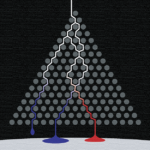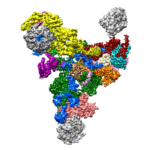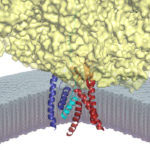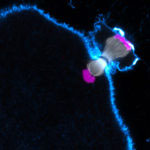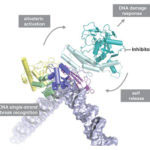
Every year hundreds of millions of people worldwide are affected by Malaria and nearly half a million die from the disease. More than two thirds of those dying are children under five. The disease is caused by parasites passed to humans through the bites of infected mosquitoes, with Plasmodium falciparum being the parasite responsible for the most severe form of malaria.
